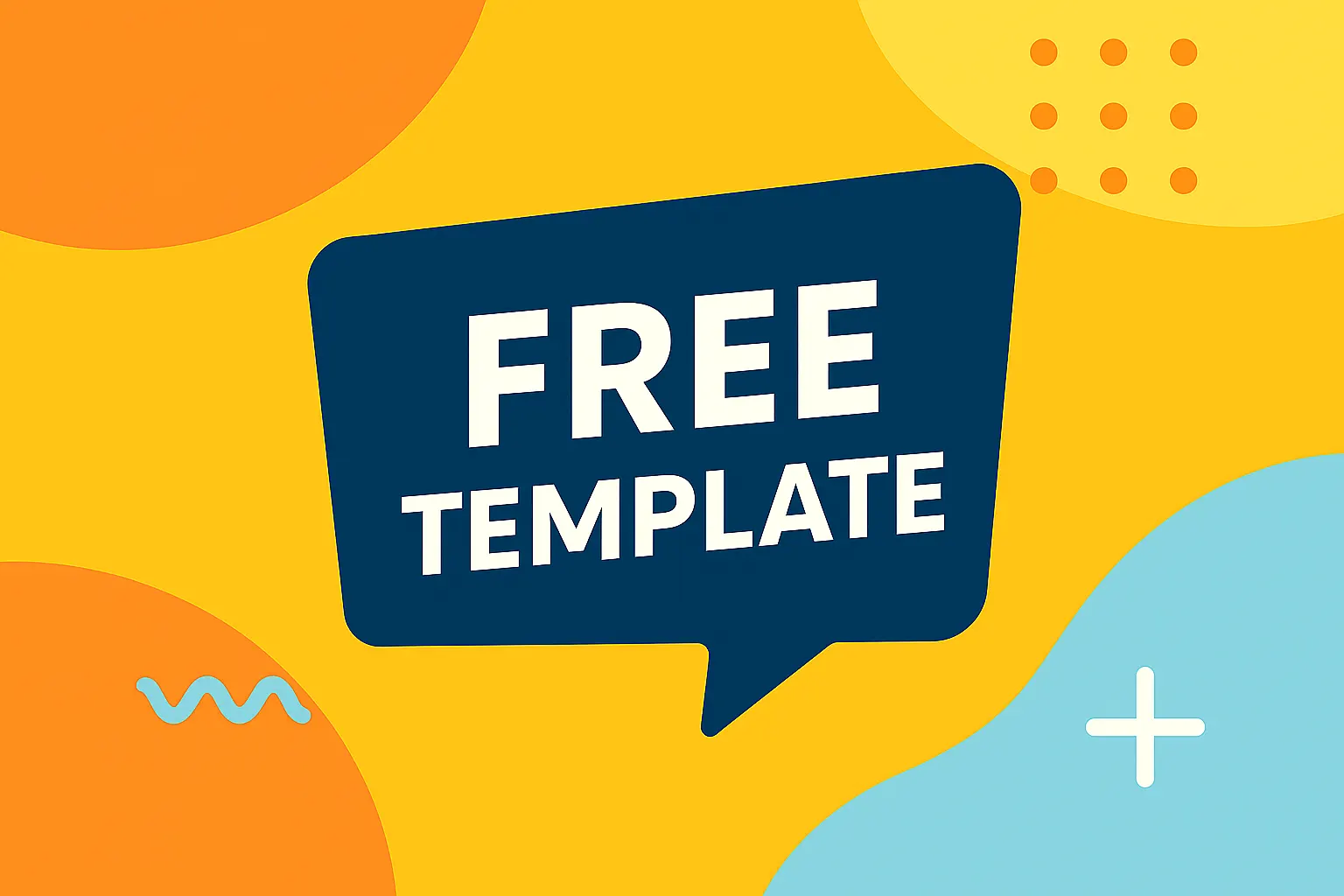Introduction
WordPress is the world’s most popular Content Management System (CMS), powering over 43% of all websites on the internet in 2025. Whether you’re a blogger, entrepreneur, or small business owner, WordPress provides a flexible and scalable platform to create stunning websites without writing a single line of code.
In this comprehensive beginner’s tutorial, we’ll guide you step-by-step through everything you need to start with WordPress. From choosing a domain to installing your first theme and plugins, this post will help you build a strong foundation to launch your website successfully.
What is WordPress?
WordPress is an open-source CMS that allows users to create, manage, and publish content on the web. Initially developed as a blogging platform in 2003, WordPress has evolved into a full-featured CMS capable of powering blogs, business sites, eCommerce stores, membership platforms, and more.
WordPress.org vs WordPress.com
Before diving in, it’s important to understand the difference between:
- WordPress.com: A hosted platform that handles everything for you but comes with limitations on themes, plugins, and monetization unless you pay.
- WordPress.org: A self-hosted option that gives you complete control over your website, with access to thousands of plugins and themes.
For most beginners who want flexibility and growth, WordPress.org is the better choice.
Why Choose WordPress?
- Free and Open Source
- Beginner Friendly
- Highly Customizable
- SEO-Friendly
- Massive Community Support
- Mobile Responsive
Step 1: Choose a Domain and Hosting
Your domain is your website’s address (e.g., `yourwebsite.com`). Web hosting is where your website lives on the internet.
Popular WordPress Hosting Providers:
- Bluehost (officially recommended by WordPress)
- SiteGround
- Hostinger
- Kinsta (for managed hosting)
- Cloudways (for scalable performance)
Tips for Choosing a Domain:
- Keep it short and easy to remember
- Use keywords if possible
- Avoid hyphens and numbers
Once you choose a hosting plan, most providers offer one-click WordPress installation.
Step 2: Install WordPress
One-Click Installation:
Most hosting providers offer one-click WordPress installation via their control panel (cPanel, hPanel, etc.).
Manual Installation (Optional):
- Download WordPress from [wordpress.org](https://wordpress.org)
- Upload files to your server using FTP
- Create a database via MySQL
- Run the installation script (`yourdomain.com/wp-admin/install.php`)
Step 3: Navigate the WordPress Dashboard
Once installed, log in to your dashboard at `yourdomain.com/wp-admin`.
Key Areas to Know:
- Posts: For blog content
- Pages: For static content (Home, About, Contact)
- Appearance > Themes: Change website design
- Plugins: Extend functionality
- Settings: Site title, permalink structure, timezone, etc.
Step 4: Choose and Install a Theme
Themes control your website’s design and layout.
Free Themes:
- Astra
- OceanWP
- Neve
- Hestia
Premium Themes:
- Divi
- Avada
- GeneratePress
- Kadence
How to Install:
- Go to Appearance > Themes > Add New
- Search, preview, and install your chosen theme
- Click “Activate” to apply
Step 5: Install Essential Plugins
Plugins add features and enhance your site’s functionality.
Must-Have Plugins:
- Yoast SEO or Rank Math (SEO)
- Elementor (Page Builder)
- UpdraftPlus (Backups)
- Wordfence (Security)
- WPForms (Contact Forms)
- WooCommerce (for online store)
To install:
- Go to Plugins > Add New
- Search, install, and activate
Step 6: Create Your First Pages and Posts
Pages:
- Go to Pages > Add New
- Examples: Home, About, Services, Contact
Posts:
- Go to Posts > Add New
- Add blog content, categories, and featured images
Use the Block Editor (Gutenberg) for adding text, images, buttons, columns, and more.
Step 7: Customize Your Website
Go to Appearance > Customize to:
- Upload a logo
- Set homepage (static page or latest posts)
- Adjust typography, colors, menus, and widgets
Use Elementor or another page builder for advanced customizations.
Step 8: Secure and Back Up Your Site
Security Tips:
- Use strong passwords
- Limit login attempts
- Install a firewall plugin (e.g., Wordfence)
- Use SSL (HTTPS)
Backup Tips:
- Set up automated backups with plugins like UpdraftPlus or Jetpack
- Store backups offsite (Dropbox, Google Drive)
Step 9: Launch Your Website
Before you go live:
- Proofread content
- Check links
- Test on mobile devices
- Set up Google Analytics and Google Search Console
Then, remove “Coming Soon” pages and share your site with the world!
Final Tips for Beginners
- Stay updated with WordPress core, theme, and plugin updates
- Explore forums, tutorials, and YouTube channels
- Experiment with different plugins and themes to learn
- Don’t fear breaking things—everything can be fixed or restored
Ready to build your first website? Start your WordPress journey today and bring your ideas to life!
Pexr – Responsive Multipurpose WordPress Theme on TemplateMonster
Launch your next big project with Pexr — the all-in-one WordPress theme designed for performance, flexibility, and stunning design. Get it now and build with confidence!

